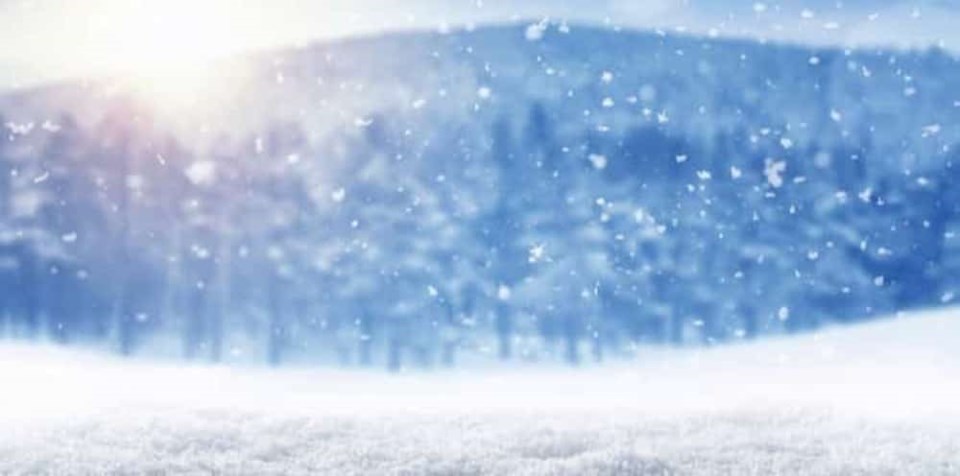If you're hoping to celebrate a white Christmas in Â鶹´«Ã½Ó³»this year, you might be in luck.
But Environment Canada isn't making any promises.
While the first days of December have been sunny and mild, Canada's federal weather department calls for a colder, snowier winter overall.
Dec. 1 marks the first day of meteorological winter, and Environment Canada Meteorologist Armel Castellan tells Â鶹´«Ã½Ó³» in a phone interview that the department confirms a moderate to strong La Niña pattern for this winter.
And while this is typically a strong indicator of cold weather and snowfall, Castellan notes that the first half of December won't be particularly cold.
"December by itself is going to be warmer than normal," he explains. "We're entering a really dry stretch until at least the seventh, maybe the eighth or so--where we're not going to see any rain or snow for most of B.C.
"All of it is being pushed up with this atmospheric river into the northern panhandle--this range is huge."
La Niña Winter
The Canadian Government as "the appearance of cooler than normal waters in the eastern and central Pacific Ocean"—A.K.A. the waters off B.C.'s coast. Sometimes also referred to as "a cold event", the climate pattern is generally considered to be the opposite of , and is usually great news for skiers and snowboarders hoping for a season full of champagne powder.
"This year we have entered into a linear pattern and it's almost 100% going to stick around for December, January, and February--and beyond. It's a moderate to strong La Niña and with that, what we call a teleconnection is when it's going to actually impact us here in B.C.," says Castellan.
While La Niña was identified back in August, it didn't have a significant bearing on local weather at that time. But mid to late December onward, B.C. will likely see colder than normal temperatures, with a much higher level of certainty than Environment Canada will normally give for seasonal projections, Castellan explains. After that, the pattern is expected to continue into spring.
So, while winter will take some time to get significantly colder, once it does, it isn't likely to warm up anytime soon.
"And it's not to say that we're not going to have warmer weeks here and there of course but it's just the conceptual model with La Niña is that we'll see colder than normal overall, and particularly in the northern half of the province," he notes. "But this also holds true for the South Coast as well."
Â鶹´«Ã½Ó³»Snowcast
Freezing levels will also be lower due to colder temperatures, which means that there is a greater likelihood the Lower Mainland will see snow around sea level. In addition, the proportion of snow to rain is typically higher during a La Niña pattern.
"You get three or four different snow events, as opposed to just kind of half an event or one event in the winter and it kind of returns to slush right away like on a regular winter," adds Castellan.
"You're stacking the deck, in terms of getting snow, maybe more frequently or longer because it might be cold after, and then you can have snow to toboggan for a few days, not just a one-hit-wonder."
December is expected to be the "oddball" in Metro Vancouver's meteorological winter forecast, and Castellan says snow is likely in the months that follow.
---With files from Megan Lalonde.



